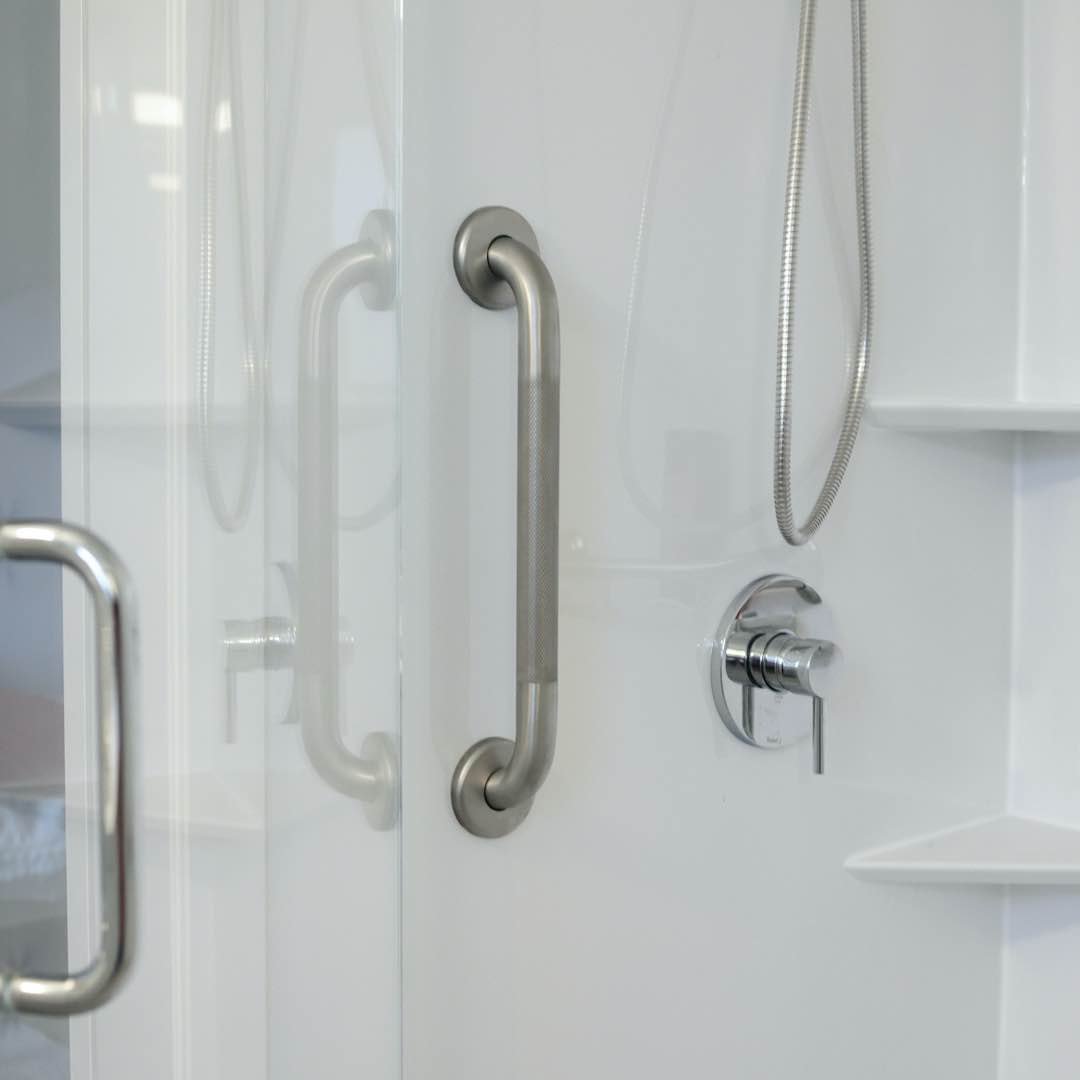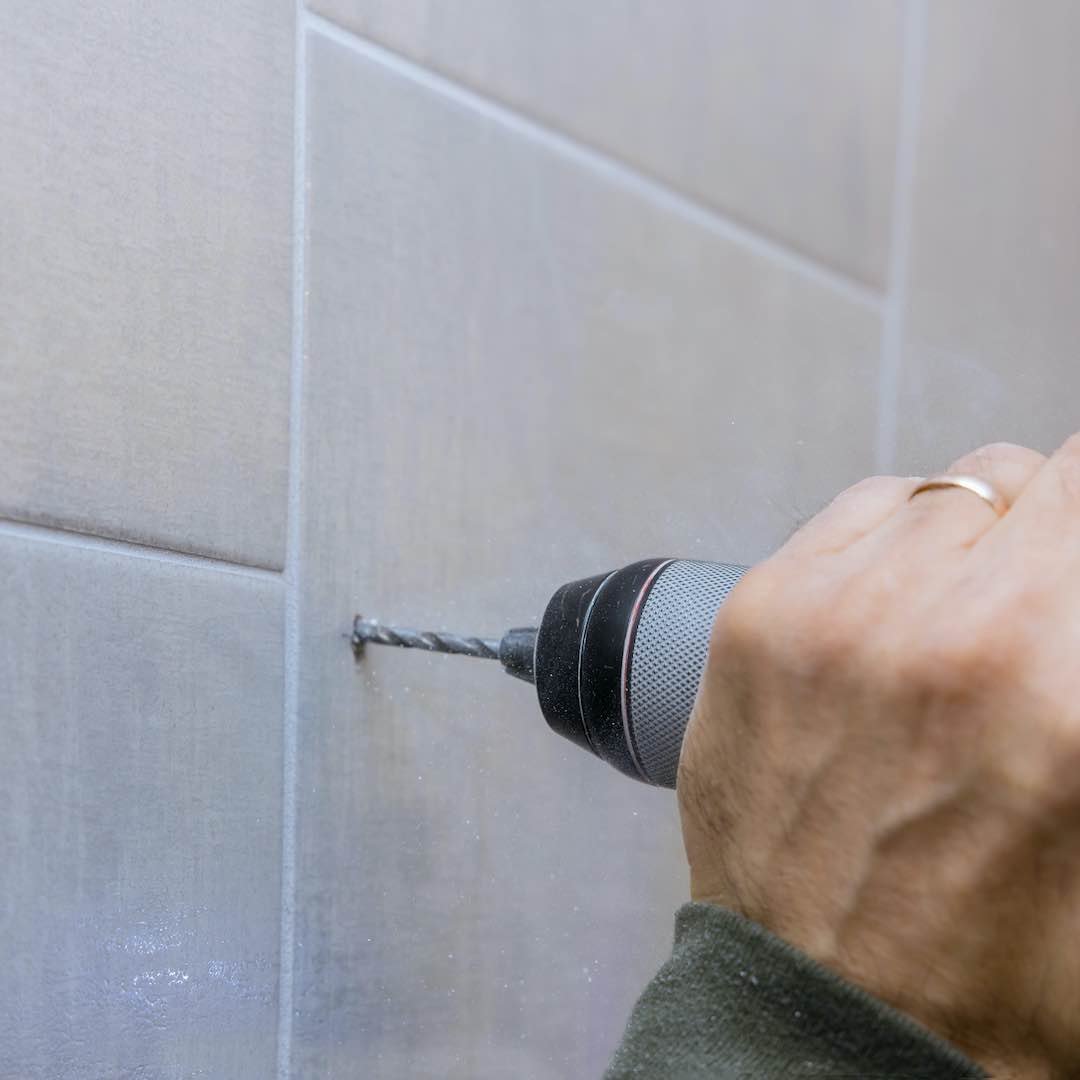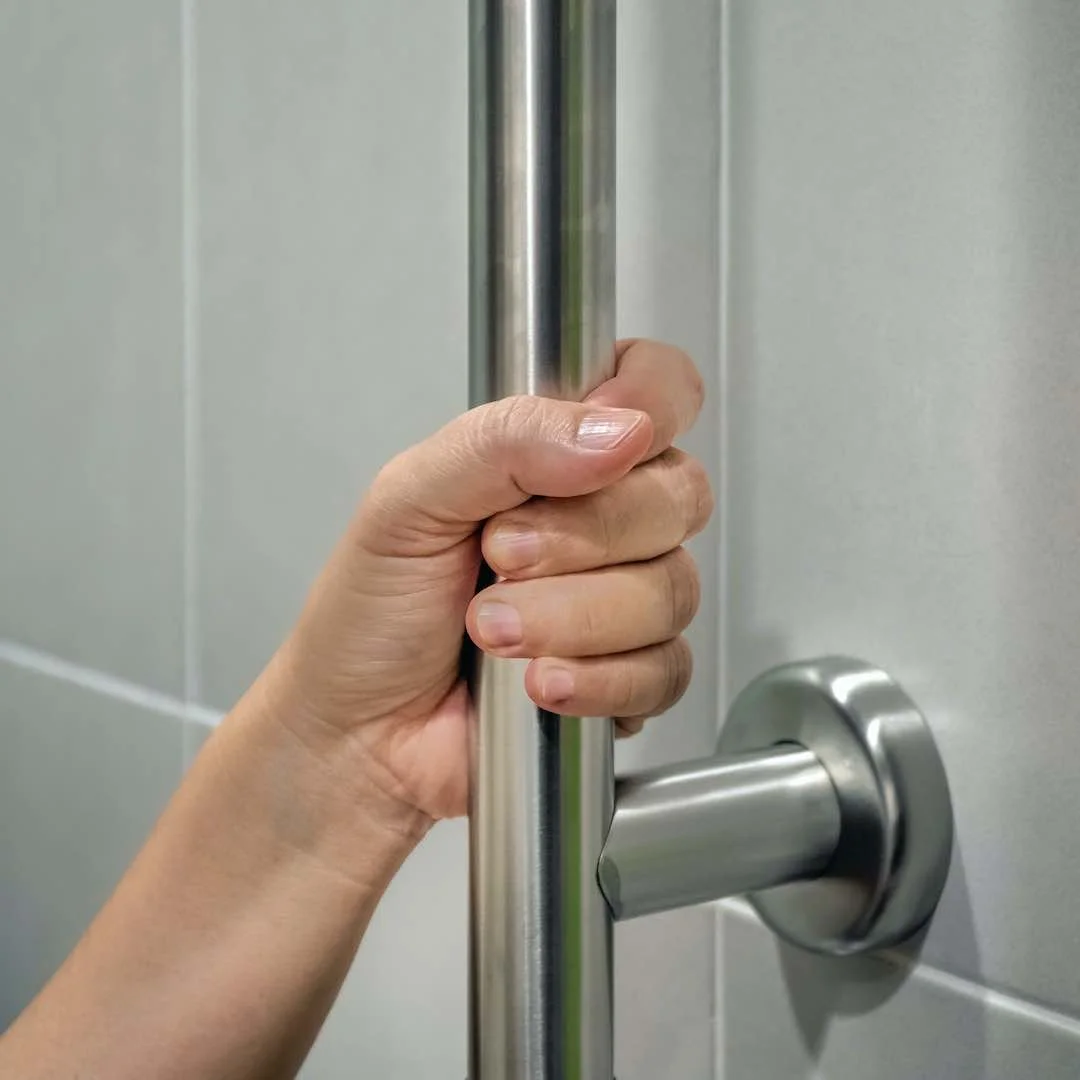Best Walk-In Shower Grab Bar Placement Guide: Bathroom Grab Bar & Safety Rails 101
Walk-in showers are a popular choice for homeowners looking to create a modern and accessible bathroom. However, it's important to prioritize safety and ensure that the shower is equipped with grab bars in strategic locations. Grab bars provide stability and support, reducing the risk of slips and falls, especially for individuals with limited mobility or balance issues. In this comprehensive guide, we will explore the best walk-in shower grab bar placement strategies, ensuring safety and accessibility for everyone who uses the shower.
Why Shower Grab Bars Are Essential for Bathroom Safety
Walk-in showers present unique challenges when it comes to safety, as the surfaces can become slippery when wet. The addition of grab bars is crucial to prevent accidents and provide support for individuals while entering, exiting, and maneuvering within the shower. Grab bars offer stability and assist with maintaining balance, reducing the risk of falls and injuries.
Determining Walk-In Shower Grab Bar Placement
The placement of grab bars in walk-in showers depends on several factors, including the needs and preferences of the individuals using the shower, the shower's layout, and the availability of suitable mounting locations. While there are no strict rules for residential grab bar placement, following guidelines based on industry standards, such as those recommended by the Americans with Disabilities Act (ADA), can ensure optimal safety and accessibility.
Vertical Grab Bar Placement
One of the most important areas to install grab bars in a walk-in shower is near the shower entrance. This vertical grab bar provides support and stability when entering or exiting the shower. It helps individuals maintain their balance and reduces the risk of slips and falls.
To determine the placement of the vertical grab bar, consider positioning it near the shower door jamb. This allows users to have a secure handhold as they step over the small lip or ledge between the bathroom floor and the shower floor. Placing the grab bar vertically about 4-6 inches inward from the entrance or shower door jamb ensures it is easily accessible and provides a sturdy grip for users.
The height placement of the vertical grab bar depends on the user's comfort and reach. It's important to consider the individual's height and where their hand reaches comfortably when entering or exiting the shower. Additionally, if there is a shower seat or chair, ensure that the hand can comfortably reach the bottom of the vertical grab bar for added support.
Horizontal Grab Bar Placement
In addition to vertical grab bars, horizontally configured grab bar installation provides additional support and stability. Horizontal grab bars are particularly beneficial for individuals who may need assistance maintaining balance while standing or moving within the shower.
When determining the placement of horizontal grab bars, consider positioning them on the side wall of the shower. This allows users to have a steady handhold while facing both forward and backward within the shower. Additionally, it allows for steady access to manipulate the shower fixture or valves. The height of the horizontal grab bars should be approximately 33-36 inches above the shower floor, ensuring they are easily reachable and provide adequate support for users of different heights.
If the user primarily uses a wheelchair or requires additional support, consider installing longer horizontal grab bars. These extended grab bars, spanning 48 inches or more, can provide a greater gripping surface and offer enhanced stability for individuals who need extra assistance.
Diagonal Grab Bar Placement
Another option for grab bar placement in walk-in showers is the diagonal orientation. Diagonal grab bars combine the benefits of both vertical and horizontal bars, providing a versatile solution for users with varying abilities.
Placing a diagonal grab bar at a 45-degree angle towards the faucet wall can offer stability and support during movements such as standing up or sitting down. This placement allows individuals to have a secure grip while transitioning between different positions within the shower.
Diagonal grab bars are especially useful for individuals who prefer facing one direction in the shower or need assistance when going from a sitting to a standing position. They can accommodate users of different heights and provide a comfortable hand position, reducing stress on the wrists.
Installation Considerations for Shower Safety Grab Bars
Proper installation is crucial to ensure the effectiveness and safety of grab bars in walk-in showers. Here are some important considerations to keep in mind:
Anchoring Methods
Installing grab bars securely is essential to ensure they can support the weight of users. The anchoring method depends on the type of wall construction. For walls made of wood, grab bars can be mounted directly into wooden studs or backing behind the wallboard or tile. Concrete or cinder block walls require the use of anchors to securely mount the grab bars.
In cases where the interior walls are framed with galvanized steel studs, alternative anchoring methods are necessary. Snap-toggle, flip-toggle, or alligator anchors can be used to provide a secure and stable foundation for grab bars in these situations.
Weight Capacity and Durability
Choose grab bars with a weight capacity that comfortably accommodates the needs of the users. Most grab bars are designed to support a minimum weight of 250 pounds, but options with higher weight capacities are available for added safety and stability.
Consider the durability of the grab bars as well. Stainless steel and chrome grab bars are popular choices due to their strength, corrosion resistance, and ease of maintenance. Plastic grab bars are a more affordable option but may have a shorter lifespan and lower weight capacity.
Finish and Grip
The finish and grip of grab bars can enhance safety and usability. Opt for grab bars with a non-slip surface or features like wUndergrip, ultra-peened Gator-Grip, Eurogrip, or Slip-Tek finishes. These features provide added security by reducing the risk of hand slippage, even when the surface is wet.
ADA Compliance
While ADA compliance is not mandatory for residential grab bar placement, it's worth considering the ADA guidelines as a reference for optimal safety and accessibility. The ADA provides specific recommendations for grab bar placement in public facilities, which can serve as a useful guide for residential installations.
Grab Bars in the Shower Q&A
-
Grab bars in a walk-in shower should be placed on the back wall and the side walls, ensuring there is enough support for individuals to maneuver safely in the shower space.
-
To determine the ideal height for grab bars in a walk-in shower, consider positioning them at a height between 33 to 36 inches above the finished shower floor.
-
It is recommended to install grab bars in a walk-in shower directly into wall studs for maximum strength and stability. However, if this is not possible, the use of appropriate wall anchors can be considered.
-
The number of grab bars in a walk-in shower depends on the size and layout of the shower space. Generally, it is advised to have at least two grab bars, with one on the back wall and another on a side wall for proper support.
-
Popular grab bar options for walk-in showers include straight grab bars, 24-inch grab bars, and grab bars with textured or non-slip surfaces for a secure grip.
-
No, towel bars should not be used as grab bars in a walk-in shower as they are not designed or tested for the same level of support and safety as dedicated grab bars.
-
When placing grab bars in a tub shower, it is important to position them near the transition between the bathroom floor and the tub, as well as around the shower space to assist with stability and support.
-
To ensure proper installation of grab bars in a walk-in shower, it is essential to securely anchor them to wall studs, follow the manufacturer's guidelines, and consider seeking professional assistance if needed.
-
Grab bars around a tub or shower should typically be installed at a height that ranges between 33 to 36 inches above the finished floor surface, ensuring they are accessible and provide adequate support.
-
Yes, additional grab bars can be placed around the toilet in a bathroom to assist individuals with stability and support. It is important to position them at heights that cater to the specific needs of users.
Grab Bar Placement Conclusion
Installing grab bars in walk-in showers is essential for promoting safety and accessibility. By considering the placement of vertical, horizontal, and diagonal grab bars, you can enhance stability and support for individuals while using the shower. Remember to ensure proper installation with appropriate anchoring methods, choose grab bars with adequate weight capacity and durability, and consider features like non-slip surfaces for added safety. By following these guidelines, your walk-in shower can become a secure and accessible space for everyone. Prioritizing bathroom safety is crucial, and grab bars are an important component in creating a safe and comfortable environment. So, take the necessary steps to install grab bars in your walk-in shower and enjoy the peace of mind knowing that you've prioritized safety and accessibility for yourself and your loved ones.








